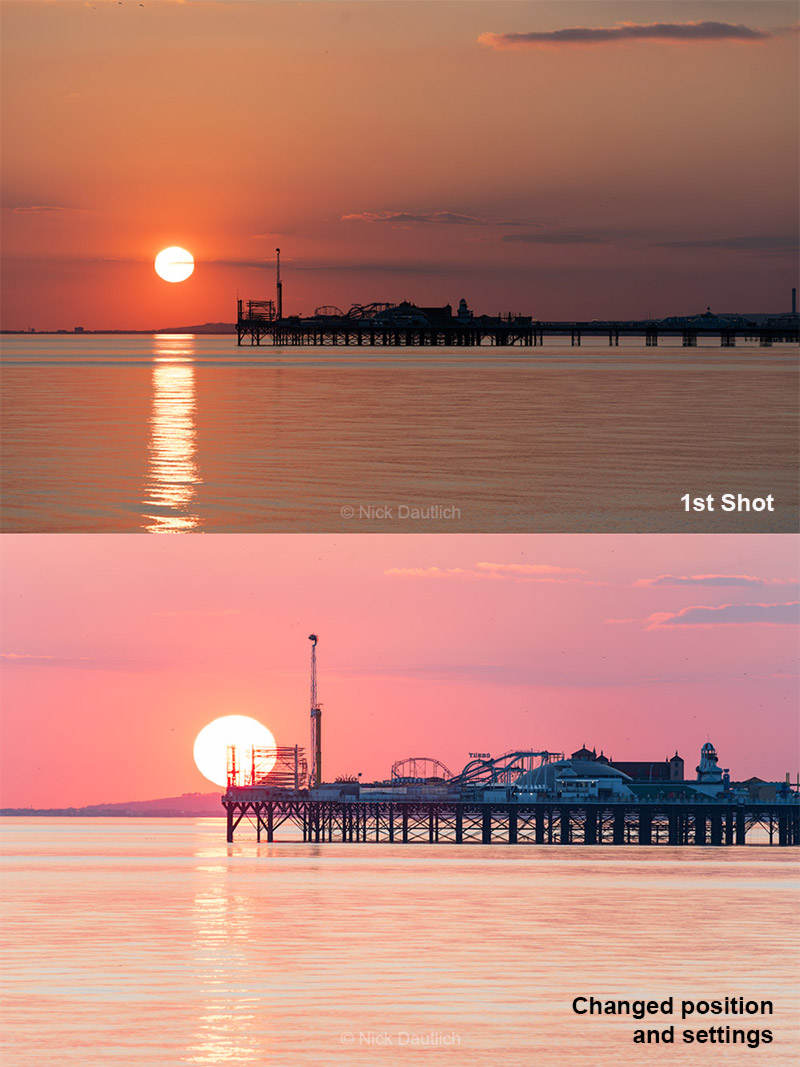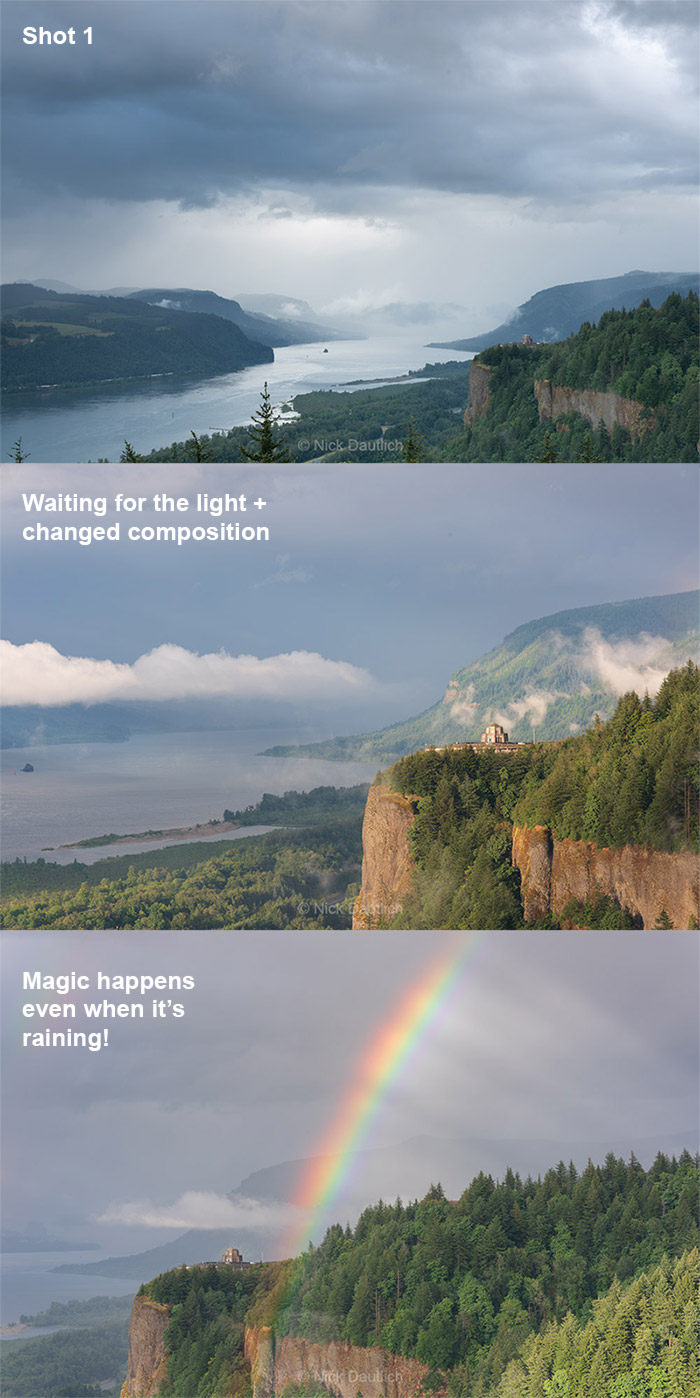- Call us: 01444 237070
- Contact Us
- Stores
- Sign In / Register
-
- Back
- Used Cameras
- Used Accessories
- Used Lenses
- Used Video
- Used Film Equipment
- Used Stock Alert
- Used Blank Test
- Sell or Part Exchange
- Used Clearance
- Recently Added Used Equipment
- Park Picks
- All Used Black Friday Deals
- Faulty
- Trade-In
- Blog
- New in
- Call us
- Contact us
- Stores
- Sign in
- Categories
- Tips & Inspiration
- Reviews
- News
- Events
- Features
- Buying Guides
- Competitions
Transform Everyday Scenes into Artistic Photos
Do you ever feel like your photography lacks creativity and artistic inspiration? Do you find yourself taking the same types of photos over and over again, without any real variation? If so, you're not alone!

Many photographers struggle to find new and interesting ways to capture the world around them and get into a slump when looking for inspiration from the same subjects. However, with a few simple tips, techniques and a bit of creativity, you’ll discover how to transform everyday scenes into artistic photos and find the joy in experimenting and pushing your photography.
With World Photography Day just around the corner on Aug 19, 2023 what better time with to explore these tips and tricks and take your everyday photography to the next level.
From Ordinary to Extraordinary: Transform Everyday Scenes into Artistic Photos
You can shake up the way you shoot and discover new ways to accentuate a scene or specific subject by using a few simple tricks. Although not every picture ends up being a work of art, each image we take, which pushes our creativity helps to expand our toolbox for the next shot.

Change your perspective
One of the simplest ways to make photos more interesting is to change your perspective. Instead of taking photos at your eye level while standing up, try getting low to the ground, stand on a chair or ladder and get a completely different view of the subject. This can add depth and dimension to your images, and help you capture unique angles and compositions, which make something look more interesting.
During a recent Sigma 24mm F/1.4 DG DN Art lens review I tried changing perspective for a number of shots and found the ultra wide angle lends itself to getting closer to the subject while also using completely different perspectives to create leading lines and more interesting comps.
This can especially useful when capturing wildlife photos or when trying to figure out how take great pet photos, where we generally want to be roughly on the same plane as our subjects eyes.

Experiment with composition
Composition is key to creating visually appealing photos. Instead of placing your subject directly in the centre of the frame, try using the rule of thirds. This involves dividing your frame into thirds both vertically and horizontally, and placing your subject at the intersection of these lines. This can create a more balanced and dynamic composition, and draw the viewer's eye to your subject.
Most digital cameras feature compositional grid lines, which can be switched on and off through the menus to help compose shots. This is a great way to pre visualise a shot and place your subject, leading lines and other compositional techniques in the most suitable position for the shot.
You can also experiment with negative space, which involves leaving empty space around your subject to create a sense of isolation or emphasise the subject's importance. Or, try using leading lines to guide the viewer's eye through the frame and create a sense of movement to the main event.
One solid tip for newcomers, is to avoid placing a horizon exactly in the middle of the frame, unless you want to break the rules with a balanced reflection shot, or some other creative composition. Instead, place the horizon high or low in the frame, especially if you don’t have an interesting sky to show off.

Play with light
Light is perhaps the single most important element in photography, and can have a huge impact on the look and feel of your photos. Try experimenting with different types of lighting, such as natural light, artificial light, and even candlelight. Assess how the direction of the light, such as back-lighting or side-lighting, can create depth, texture and completely change the mood of a shot.
Classic ideas for creative lighting include shooting with diffused light through a window to create a soft portrait, or using Rembrandt Lighting to add drama through contrast. Award winning portrait photographer Hannah Couzens tells us that in order to improve your portrait photography you can try to make an image work by using just one light, up to five or six, depending on the mood you’re trying to create.
If you’re considering supplemental lighting you can start with just a single camera flashgun to transform your portraits, and move up to an off camera flash set-up with a trigger, lighting stands and light modifiers as you hone your skills.
Light is especially important for landscape photography, with flat or harsh light leading to higher contrast and potential blown out highlights, whereas soft golden hour light can create diffused scenes and soft images. Returning to your favourite landscapes, waiting for light to change and experimenting with a composition can all make a huge difference to the final results.

Use creative filters
Lens filters can add a unique and artistic touch to your photos. Experiment with different types of filters, such as polarising filters to reduce glare and boost saturation, ND Filters for long exposure photography to slow down your shutter speed, or coloured filters to add warmth or coolness to your photos. You can also try using creative filters, such as star filters or soft focus filters, to add a dreamy or surreal quality to your photos. Try one of Hoya’s sparkle filters to accentuate light sources or a PolarPro FX filter to diffuse a shot and add cinematic atmosphere.

Add motion blur
Motion blur is a creative technique that can add a sense of movement and energy to your photos. To achieve motion blur, use a slow shutter speed and pan your camera along with your subject as it moves. This will create a blurred background and a sharp subject, and can be used to capture anything from sports to street photography.
A number of brands make complete filter kits for long exposure photography, which allow you to add and remove filters across several lenses with an adapter ring. Lee Filters are amongst the best known for outdoor photographers, along with the Cokin NX Professional Kit, which includes a host of graduated filters. Discover tips on how to photograph motion and add a new dynamic to your images.
Try black and white
Getting started in black and white photography is easy to do, and can add a timeless and dramatic quality to your photos. B&W can also help you focus on the contrast, texture and composition of your images, without the distraction of colour. Experiment with converting your photos to black and white, and try playing with different tones and contrast levels to create a unique and striking image.
Converting to black and white can be a real benefit if you’re shooting in harsher light or high contrast scenes, where highlights and shadows become more pronounced as part of the composition.

Shoot in manual mode
While shooting in auto mode can be extremely convenient, in a lot of situations it can also limit your creative options in others. You can learn manual photography in 10 minutes, which gives you greater control over your camera settings, such as aperture, shutter speed and ISO. This can help you achieve a specific look or mood in your photos, and allows you to experiment with different techniques, such as bokeh or shallow depth of field.
Mastering Photography Video: 5 Expert Tips to Enhance Your Skills
World Photography Day can serve as a reminder to let us celebrate the art of photography and embrace the joy of experimentation. Learn to push your boundaries, unleash your creativity and capture the world around us in ways that inspire and bring joy to ourselves and others.
One of the most beautiful aspects of photography is the opportunity to experiment, break the rules and challenge ourselves to capture new creative results. By trying different techniques and stepping out of our comfort zones, we embark on a journey of continuous learning and growth as photographers. Each experiment teaches us something valuable, whether it's about composition, lighting, or storytelling. It's through a process of trial and error that we uncover our strengths, discover new possibilities, and develop our own style.
Transforming everyday scenes into artistic photos is all about experimentation and creativity. By changing your perspective, playing with light and filters, and experimenting with composition and techniques, you can create truly unique and stunning photos.
Share this post:
By Nick Dautlich on 14/08/2023
Nick Dautlich
Senior Content Writer and Product Reviewer
Nick Dautlich is the Senior Content Writer and Product Reviewer at Park Cameras, with over 15 years of photography experience. A Sony Imaging Professional and expert reviewer, Nick has worked with major brands such as Canon, Sony and Nikon. His work is also featured on Vanguard World UK’s website, Capture Landscapes, and Shutter Evolve. Nick’s photography includes National Trust projects and magazine covers and he is passionate about landscapes and storytelling. Nick also enjoys hiking and teaching his children about nature. Learn more on his profile page.

Trade in your old equipment
Fast and easy trade in service ensures your old gear is collected efficiently and you are paid quickly! It's very simple to trade in your unwanted photography gear. Just head over to our dedicated Sell or Part Exchange page, fill out the details, and we'll get back to you with an offer for your old gear. Take the cash, or put it towards the cost of your new gear. It's up to you! Find out more
sign up to the newsletter
Keep up to date on the latest photography news, events and offers. Sign up now